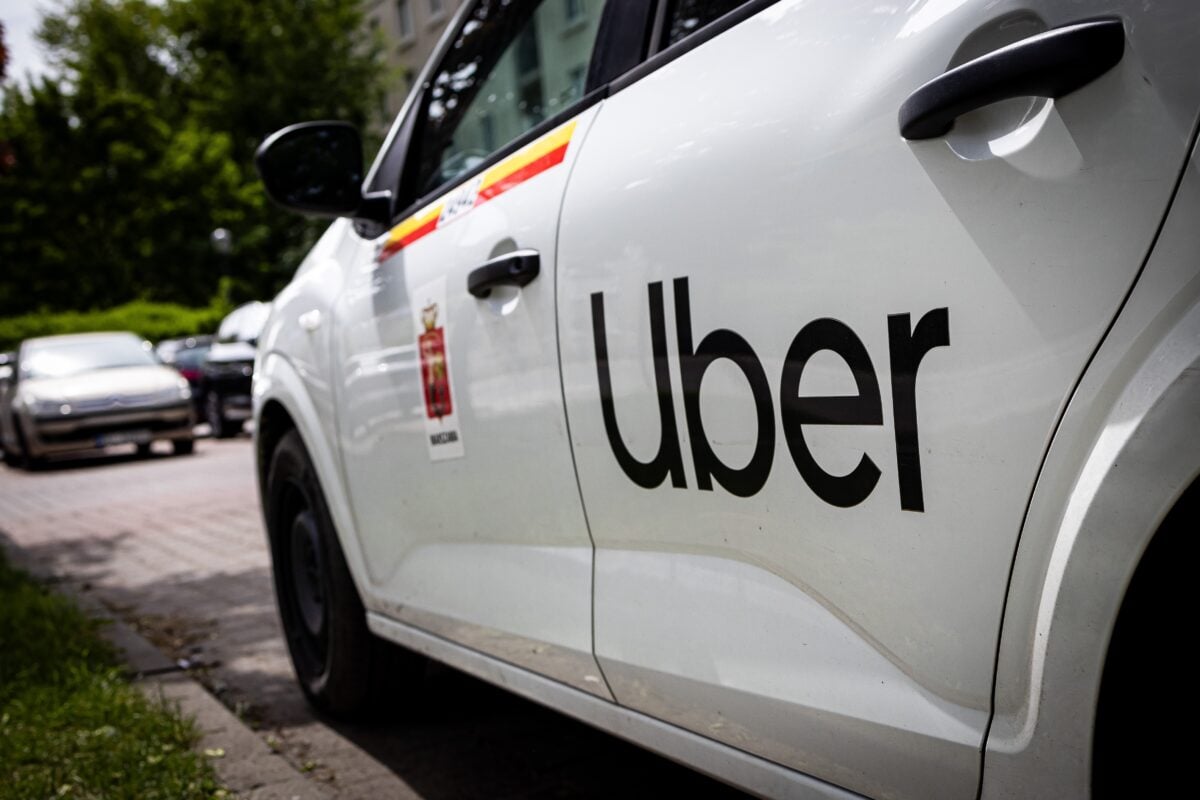TLDRs;
Contents
- Uber has ended its shuttle bus services in Mumbai and Hyderabad due to low demand and high operational costs.
- The decision affects hundreds of buses and highlights Uber’s ongoing profitability struggles in emerging markets like India.
- Local competitors and complex regulations continue to pressure Uber to adapt its business model.
- Despite the market’s growth potential, Uber’s exit shows that scale alone doesn’t guarantee service success without the right model.
Uber has officially ceased its shuttle bus operations in Mumbai and Hyderabad, citing poor ridership and escalating operating costs as key reasons behind the move.
The decision, which impacts hundreds of fixed-route buses, underscores Uber’s continuing struggle to establish sustainable transport models in India’s diverse and price-sensitive mobility landscape.
Low Demand Forces a Strategic Retreat
Uber had introduced the shuttle service earlier this year as a scheduled, pre-booked alternative to public transportation. It targeted daily commuters seeking predictable and comfortable transit. However, the company faced significant barriers to growth, including thin profit margins, local regulatory challenges, and intense competition from nimble domestic players.
While the service will no longer be available in Mumbai and Hyderabad, it will continue in Delhi and Kolkata, where Uber has reported comparatively higher usage.
In Mumbai, between 250 and 300 shuttle buses are expected to be affected, while in Hyderabad, the number is estimated at 150 to 200. As of late 2024, Uber was operating around 300 shuttle routes in the Delhi-NCR region, which remains a core focus for the company’s Indian expansion efforts.
A Pattern of Market Adjustments
The retreat from these two cities follows a familiar pattern for Uber in India. Over the past decade, the company has repeatedly restructured or withdrawn services that failed to gain traction.
In 2015, Uber discontinued its auto-rickshaw offering in Delhi only months after launch. It also exited Southeast Asia in 2018 by selling its operations to local rival Grab in exchange for a minority stake. These moves reflect Uber’s broader strategy of shifting away from direct competition in difficult markets in favor of securing long-term investment exposure.
Uber’s retreat comes at a time when the company is introducing new platform features, including price-lock tools and simplified app layouts designed for older users. Yet the enhancements are unlikely to compensate for the loss of an entire transport category in India’s bustling urban centers.
Local Startups Reshape Urban Transport
Despite the long-term projections for India’s ride-hailing market, estimated to reach $44 billion by 2032, Uber’s decision reveals that size alone does not ensure service viability. Without a model that fits the socio-economic and regulatory realities of Indian cities, even multinational players can find themselves on the back foot.
Local competition has also played a major role in shaping Uber’s trajectory. Startups like Rapido have rapidly gained traction with regionally adapted solutions such as motorcycle taxis, offering faster, cheaper rides through congested traffic. These alternatives have been especially appealing to cost-conscious riders, eating into Uber’s market share and pressuring the company to evolve.
Regulatory Complexities Add to the Strain
In response, Uber has experimented with new pricing models, including a daily subscription fee system for two- and three-wheeler services. This approach allows drivers to bypass commission payments and mirrors the business strategies of local platforms like Namma Yatri. Yet such pivots represent a significant departure from Uber’s traditional operating playbook and reflect the company’s efforts to stay relevant amid shifting consumer preferences.
Meanwhile, regulatory hurdles continue to add friction. Inconsistent state-level licensing requirements and a lack of clear frameworks for shuttle services have compounded Uber’s operating difficulties.


